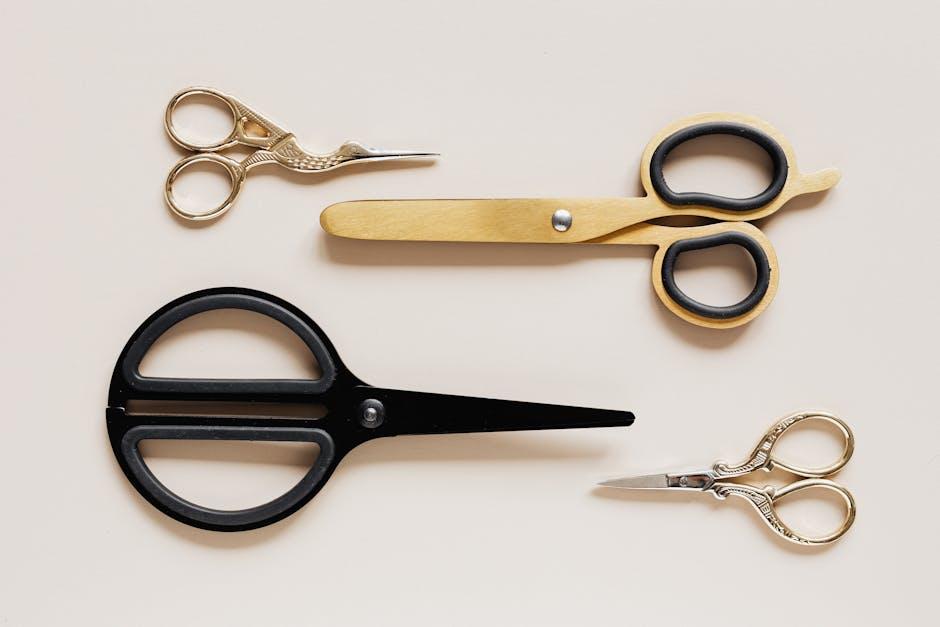
Are you tired of your logo looking like it was made in Microsoft Paint by your cat? It’s time to level up your logo game and start creating professional designs that will make your business stand out. By incorporating key design principles, you can create a logo that not only looks good, but also effectively communicates your brand’s identity. So put down the crayons and get ready to learn how to create logos that will make your competitors green with envy.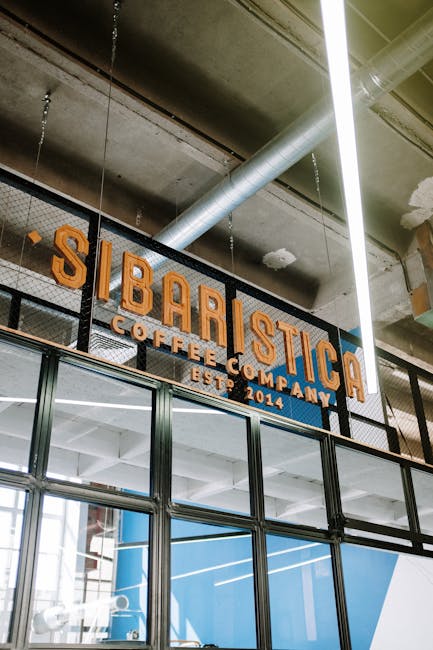
Understanding the Importance of Logos in Branding
Logos are like the superhero costumes of brands. They swoop in and save the day by instantly communicating who they are and what they stand for. Imagine if Batman didn’t have his iconic bat symbol – he’d just be a guy in a cape and cowl, probably getting mistaken for Zorro. That’s why logos are crucial in branding – they give your brand a visual identity that sets it apart from the competition.
Think of logos as the signature move in a brand’s arsenal. They’re like the mic drop at the end of a killer performance – they leave a lasting impression that sticks in people’s minds. You want consumers to see your logo and think, “Hey, I know that brand! They make awesome stuff!” A well-designed logo is like a catchy jingle that gets stuck in your head, but in a good way.
Having a strong logo is like having a secret handshake with your customers. It builds trust and loyalty by creating a sense of familiarity and recognition. When people see your logo, they should feel like they’re seeing an old friend – someone they can rely on and trust. It’s like having a friendly face in a sea of strangers, guiding consumers towards your brand like a beacon of light in the darkness.
Utilizing Shape and Form in Logo Design
Shape and form are crucial elements in creating a memorable logo design. By utilizing these design elements effectively, you can make your logo stand out from the crowd and leave a lasting impression on your audience.
One way to use shape in logo design is to incorporate geometric shapes such as circles, squares, or triangles. These shapes can convey different meanings and evoke certain emotions. For example, a circle can represent unity and wholeness, while a triangle can symbolize strength and stability. Experiment with different shapes to see which one best conveys the message of your brand.
Another way to play with shape and form in logo design is to create negative space designs. By cleverly using the space around and between shapes, you can create interesting and unique logos that are visually appealing. Negative space designs can add depth and dimension to your logo, making it more dynamic and memorable.
When designing a logo, it’s important to consider the overall form and structure of the design. Make sure that the different elements of your logo work well together and create a cohesive and balanced composition. Pay attention to the proportions and symmetry of the design to ensure that it looks visually appealing and professional.
In conclusion, shape and form are powerful tools in logo design that can help you create a strong and memorable brand identity. By experimenting with different shapes, playing with negative space, and paying attention to form and structure, you can create a logo that truly stands out. So go ahead and unleash your creativity to design a logo that will leave a lasting impression on your audience!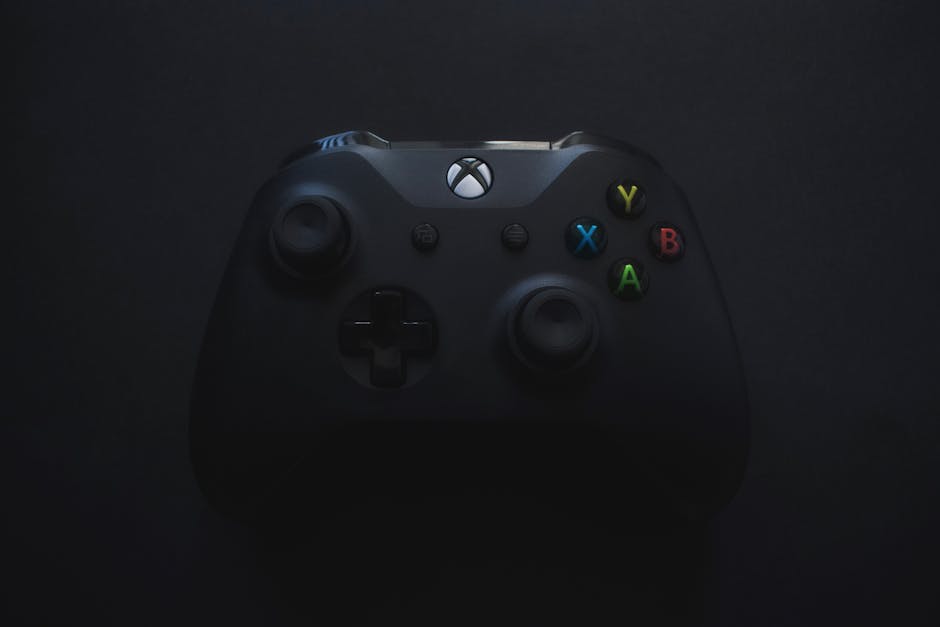
Choosing the Right Color Palette for Your Logo
When it comes to choosing the perfect color palette for your logo, you want to make sure you’re sending the right message. After all, you don’t want your business to be associated with the color of old broccoli (unless you’re a vegetable delivery service, of course).
Here are some tips to help you nail down the perfect colors for your logo:
- Consider your target audience: Are you catering to cool, trendy millennials or sophisticated seniors? Choose colors that will appeal to your target demographic.
- Think about your competition: You don’t want your logo to blend in with the crowd. Stand out by selecting colors that are different from your competitors.
- Look at color psychology: Colors have a way of evoking emotions and associations. Do you want your brand to be seen as trustworthy (blue), energetic (red), or peaceful (green)? Choose your colors wisely.
Remember, the right color palette can make or break your logo design. So take your time, experiment with different combinations, and don’t be afraid to get a little colorful!
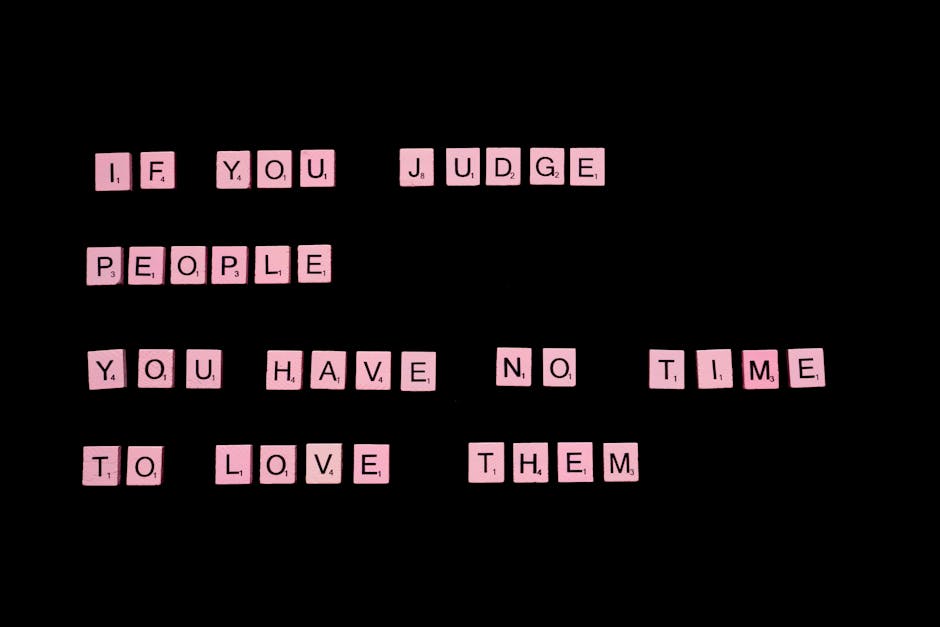
Incorporating Typography to Enhance Your Logo
When it comes to creating a killer logo, typography is your best friend. Incorporating the right fonts can take your logo from meh to magnificent in no time. Here’s how you can use typography to enhance your logo:
- Play with different font styles: Mix and match fonts to create a unique look for your logo. Whether you want something sleek and modern or fun and quirky, the right font can make all the difference.
- Experiment with different sizes: Don’t be afraid to play around with font sizes to create hierarchy in your logo. Make certain words or letters stand out by making them bigger or smaller than the rest.
- Get creative with color: Color can also play a huge role in enhancing your logo. Experiment with different color schemes to find one that makes your typography pop.
Remember, typography is like the salt and pepper of your logo design. Use it sparingly, but with just the right touch, it can elevate your logo to new heights. So go ahead, get your creative juices flowing and start playing around with typography to create a logo that truly speaks to your brand.
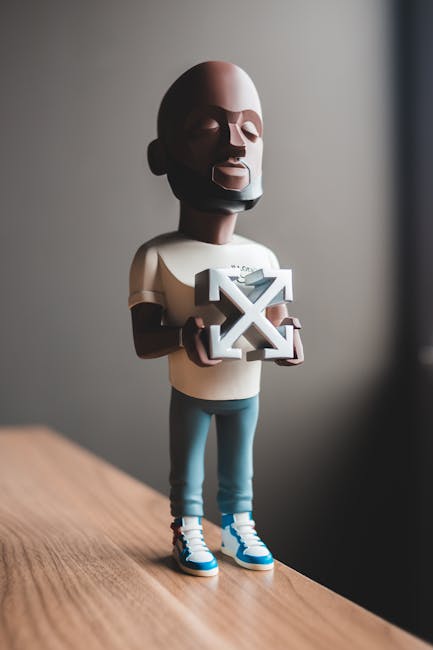
Balancing Simplicity and Complexity in Logo Design
When it comes to logo design, there is a delicate balance that must be struck between simplicity and complexity. Too simple and your logo may be forgettable, too complex and it may be confusing.
One way to achieve this balance is by incorporating clever hidden meanings or double entendres into your design. For example, the logo for a seafood restaurant could feature a fish that also doubles as a fork, or a wine company could use a grapevine that forms the shape of a wine glass.
Another technique is to play with negative space, using the space around and between the elements of your design to create secondary images or messages. This can add an element of surprise and delight for viewers who take a closer look at your logo.
Incorporating a limited color palette can also help strike the right balance between simplicity and complexity. By using only a few colors, you can create a cohesive and visually appealing design that is easy to recognize and remember. Remember, sometimes less is more when it comes to logo design!
Implementing Proportions and Symmetry in Logo Creation
So you’ve decided to tackle the world of logo creation, huh? Well, buckle up because we’re about to dive into the wild world of proportions and symmetry! Let’s face it, no one wants a lopsided logo that looks like it was made by a preschooler with a crayon. It’s time to step up your game and create something that screams “professional”.
First things first, let’s talk proportions. You can’t just throw some shapes together and call it a logo. Nope, you need to make sure that everything is perfectly proportioned. Think of it like a beautiful cake – all the layers need to be the right size and in the right place. So grab your ruler and start measuring, because we’re about to make some magic happen.
Now, let’s move on to symmetry. Symmetry is like the icing on the cake – it brings everything together and makes it look oh so satisfying. No one wants a logo that’s off-kilter or unbalanced. We want that perfect mirror image that makes our eyes happy. So take a step back, squint your eyes a bit, and make sure everything is perfectly symmetrical. Your logo will thank you for it.
So there you have it, folks. Proportions and symmetry are the bread and butter of logo creation. Master these two principles, and you’ll be well on your way to creating eye-catching, professional logos that will have your clients singing your praises. Now go forth and conquer the world of design!
Mastering the Art of Negative Space in Logo Design
So, you think you’re a master of logo design, huh? Well, have you truly mastered the art of negative space in your designs? Negative space is the magical ingredient that takes a logo from good to great, so buckle up and get ready to dive deep into the world of negative space in logo design.
First things first, let’s talk about the power of negative space. It’s the sneaky ninja of the design world – it’s there, but you don’t always see it right away. Negative space is like the silent partner in a successful logo design – it’s the yin to the yang, the peanut butter to the jelly, the Batman to the Robin. Without negative space, your logo is just another pretty face in a sea of pretty faces.
Now, how do you harness the power of negative space in your logo designs? It’s all about finding that perfect balance between the positive and negative space. Too much negative space, and your logo looks empty. Too little negative space, and your logo looks cluttered. It’s like Goldilocks and the Three Bears – you’ve got to find that “just right” amount of negative space.
So, the next time you sit down to create a logo, don’t just slap some text and a fancy graphic together and call it a day. Take the time to explore the world of negative space and see how it can take your designs to the next level. Who knows, you might just become the next Da Vinci of logo design – or at least the next Bob Ross.
FAQs
What design principles should I keep in mind when creating a professional logo?
When creating a professional logo, remember to consider principles such as simplicity, scalability, versatility, and memorability. Keep it simple, stupid!
How can I ensure my logo is easily recognizable?
Make sure your logo is unique and distinctive. Avoid using trendy fonts or design elements that will quickly become outdated. Stand out from the crowd, don’t be a basic logo bro!
What colors should I use in my logo design?
When choosing colors for your logo, consider the psychology of colors and how they resonate with your target audience. Don’t just pick your favorite color because it’s your “spirit color” or whatever. Be strategic, dammit!
Is it important to create a logo that works well in black and white?
Absolutely! Your logo should be able to be reproduced in black and white without losing its impact. Don’t be a colorful one-trick pony, be versatile like a logo chameleon!
How can I test the effectiveness of my logo design?
Show your logo to friends, family, and even strangers and get their feedback. Better yet, hire a professional designer to critique your design. Don’t be a fragile logo snowflake, embrace constructive criticism!











